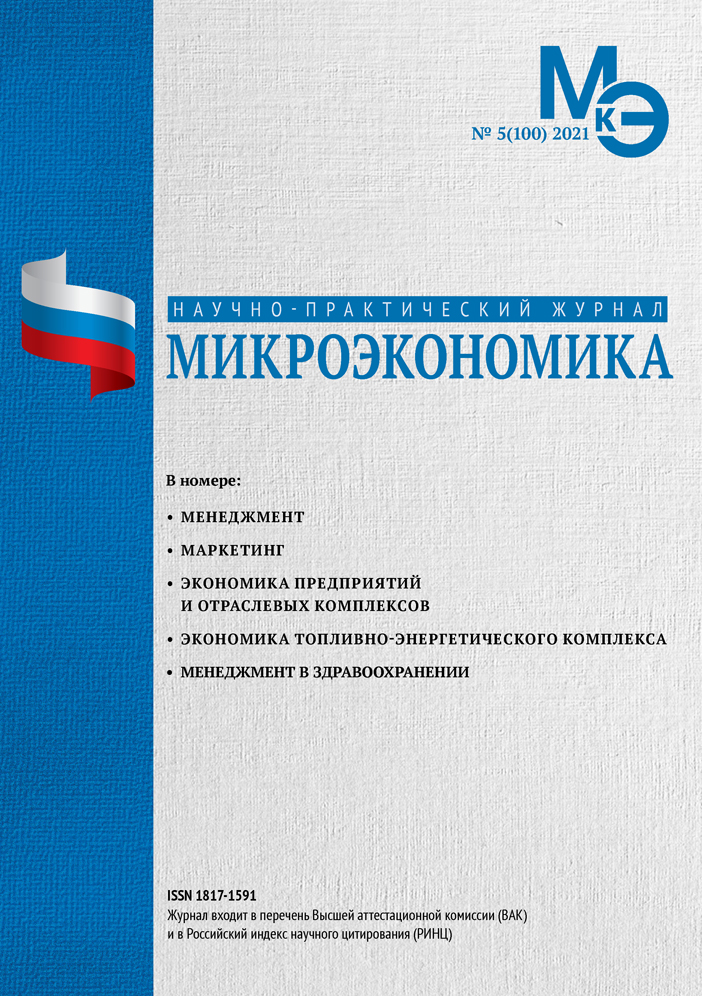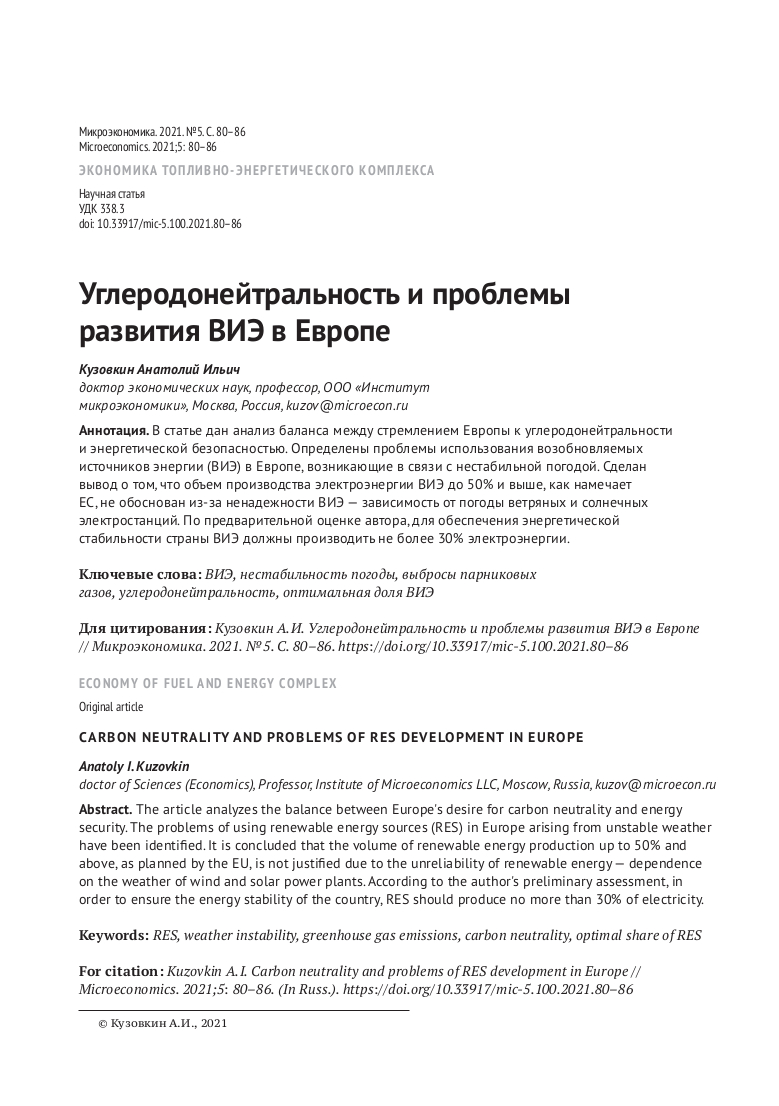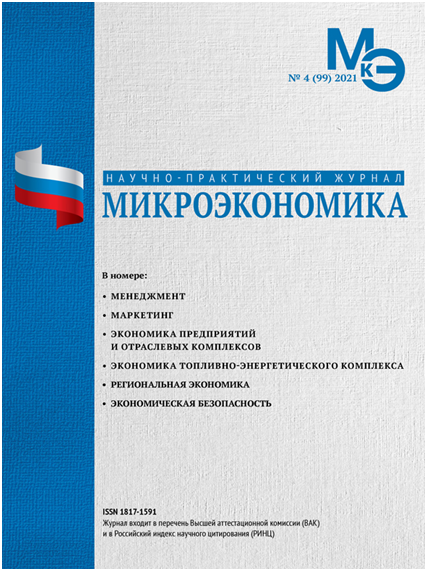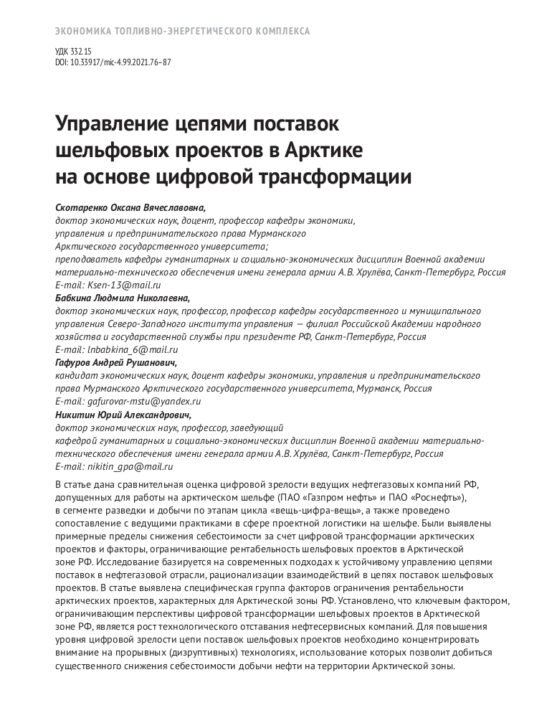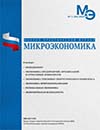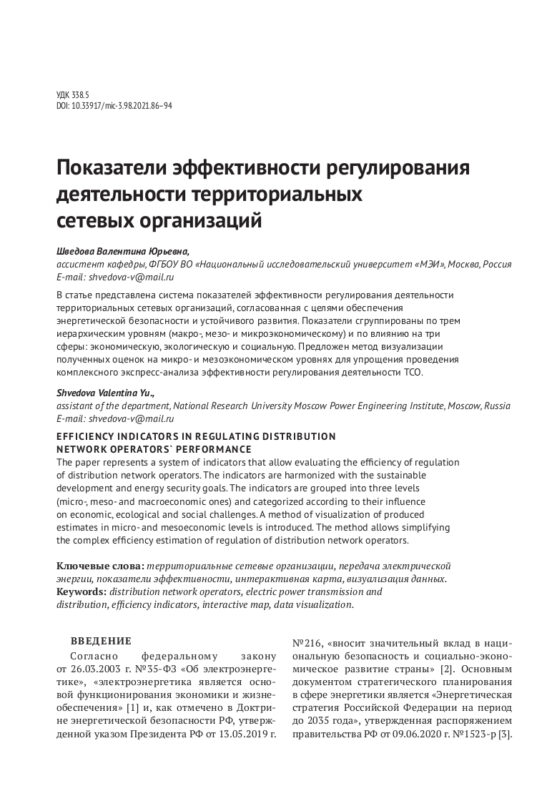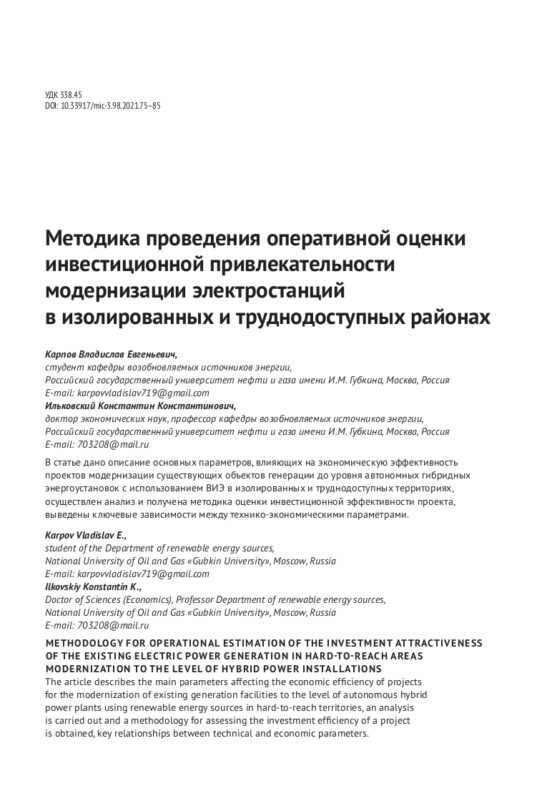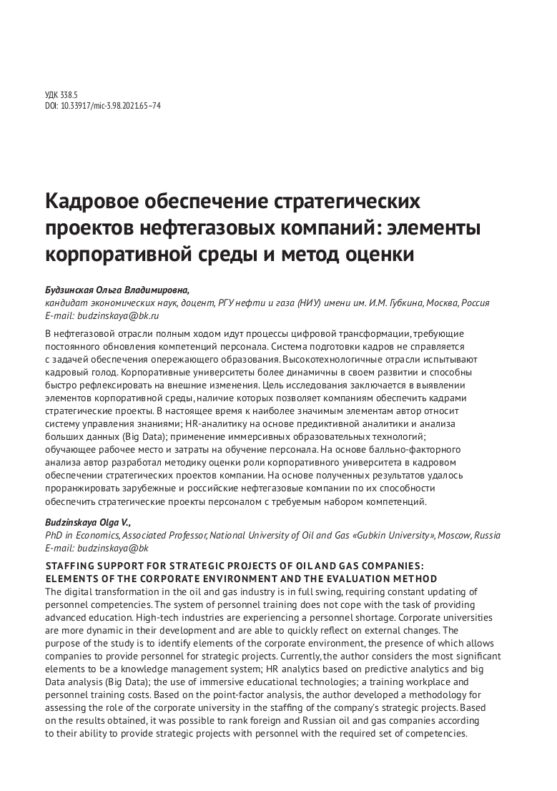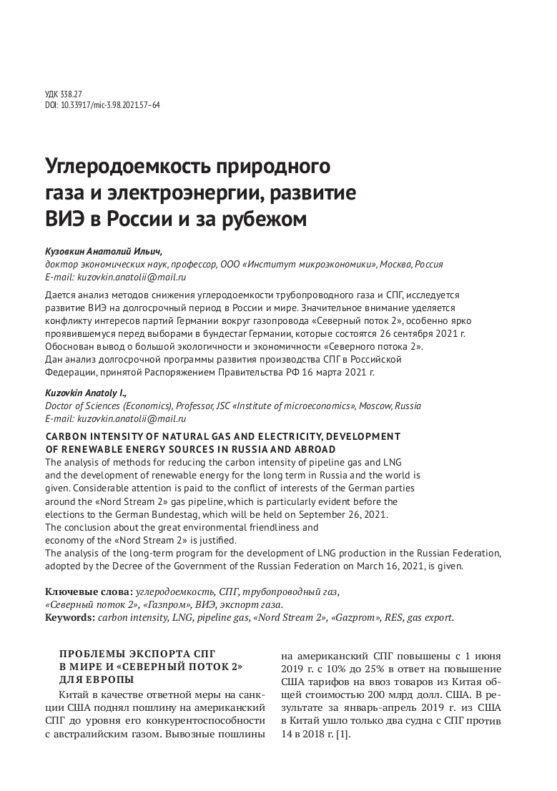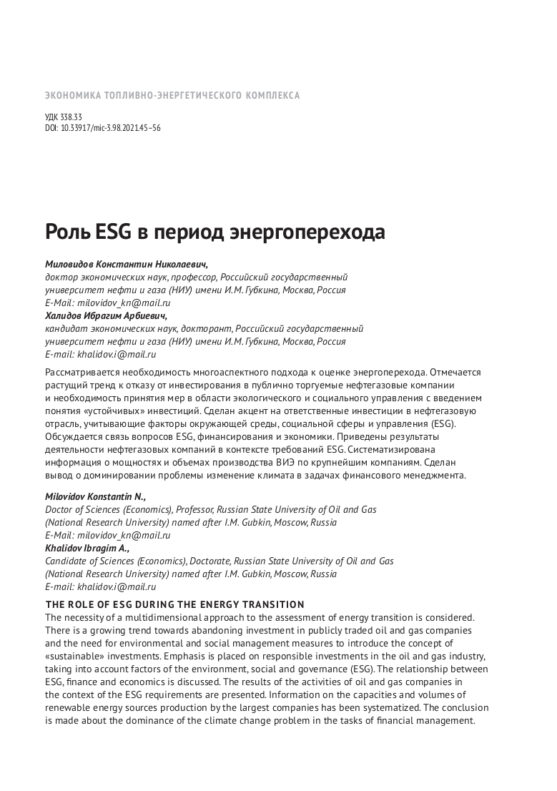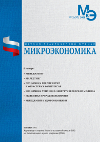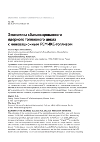Carbon neutrality and problems of RES development in Europe
DOI: 10.33917/mic-5.100.2021.80-86
The article analyzes the balance between Europe’s desire for carbon neutrality and energy security. The problems of using renewable energy sources (RES) in Europe arising from unstable weather have been identified. It is concluded that the volume of renewable energy production up to 50% and above, as planned by the EU, is not justified due to the unreliability of renewable energy – dependence on the weather. According to the author’s preliminary assessment, in order to ensure the energy stability of the country, RES should produce no more than 30% of electricity.


